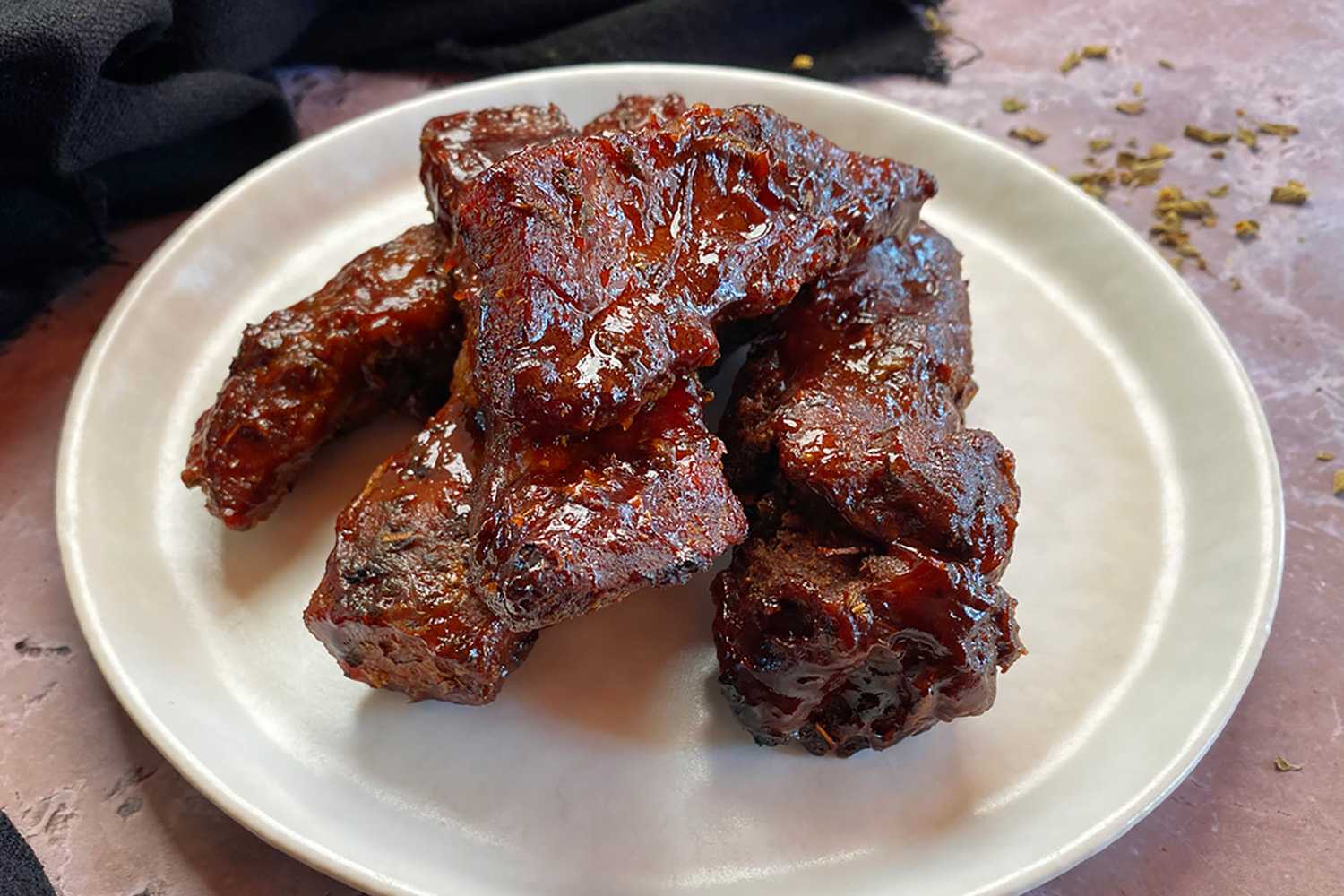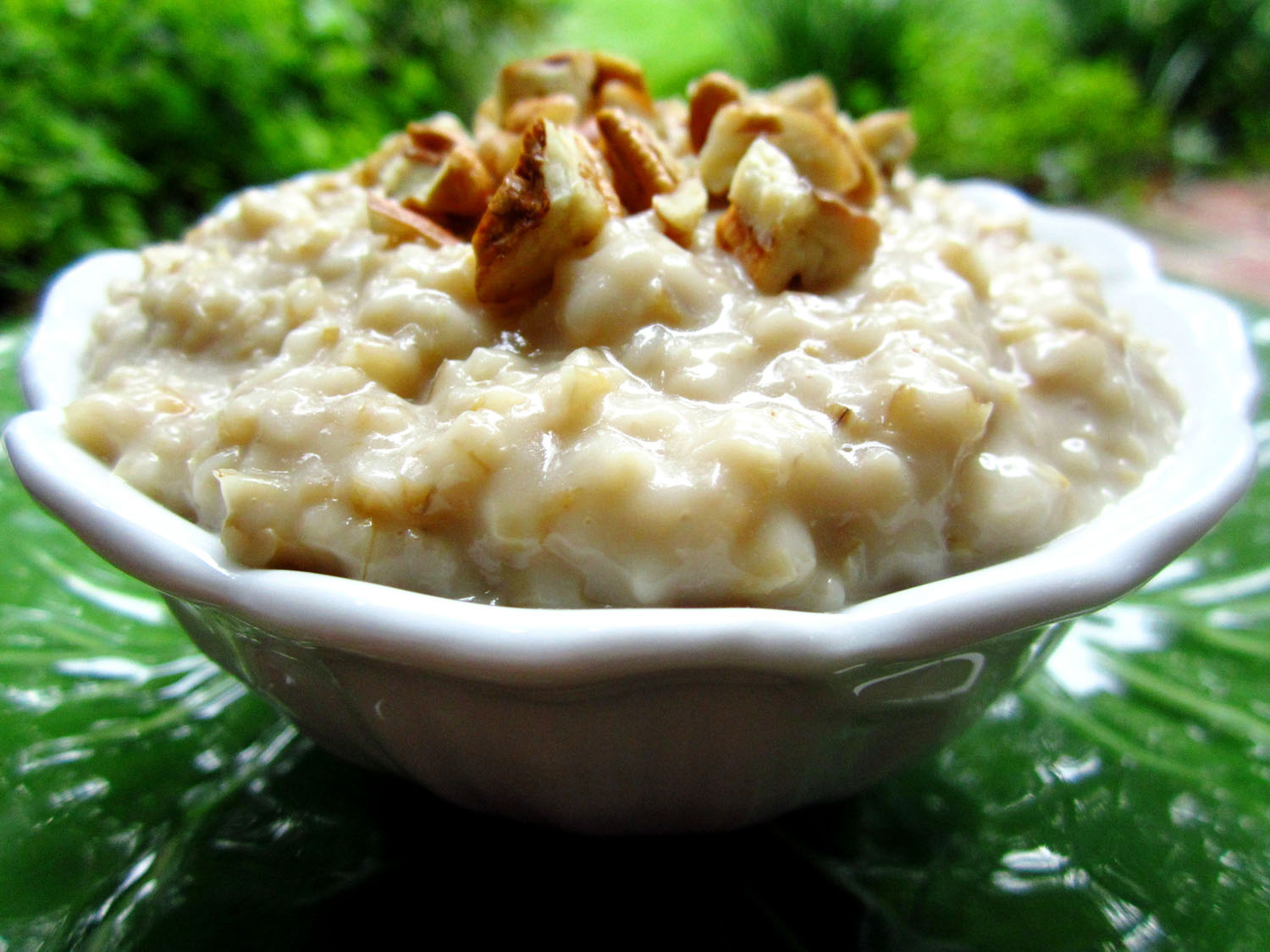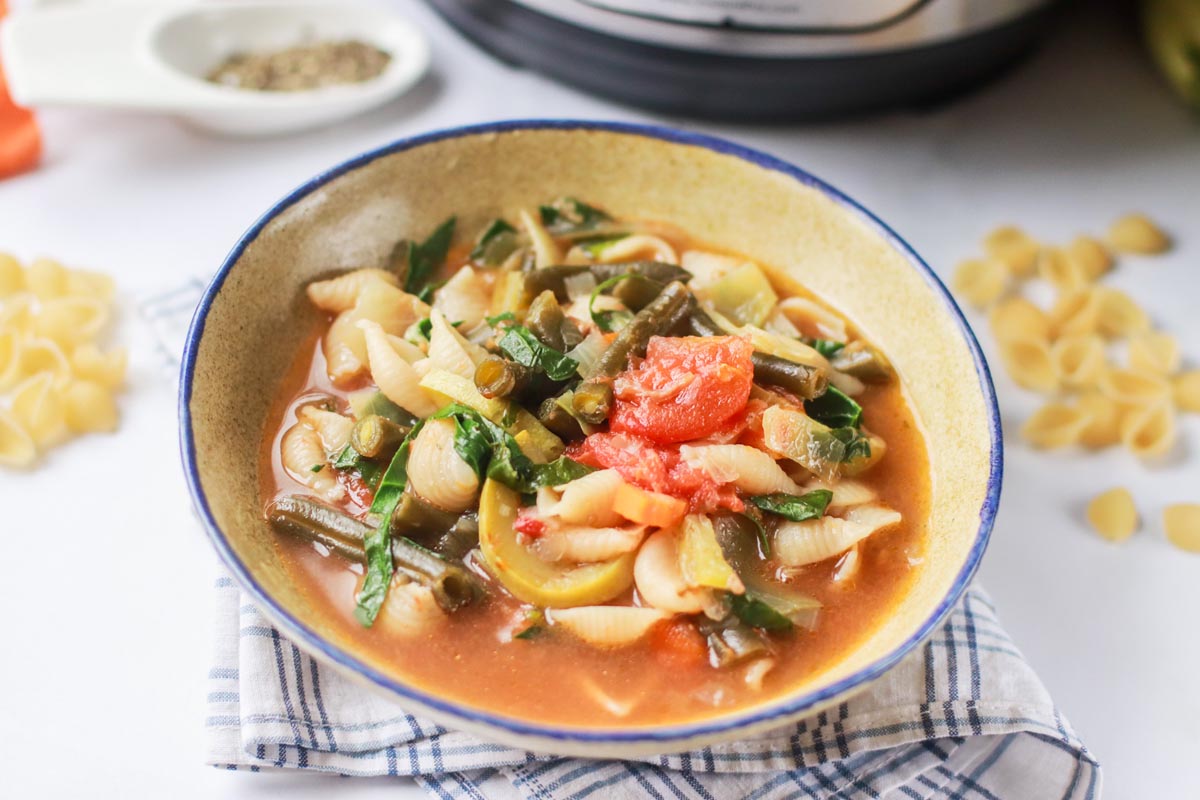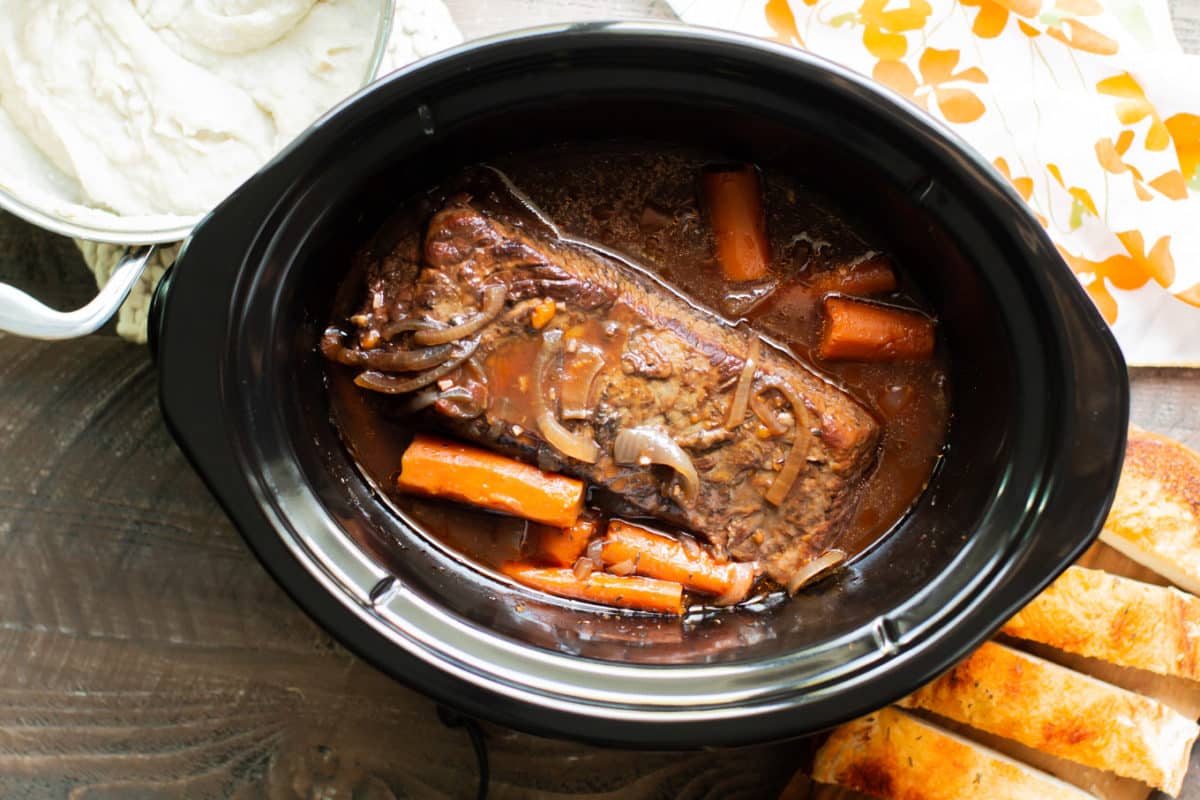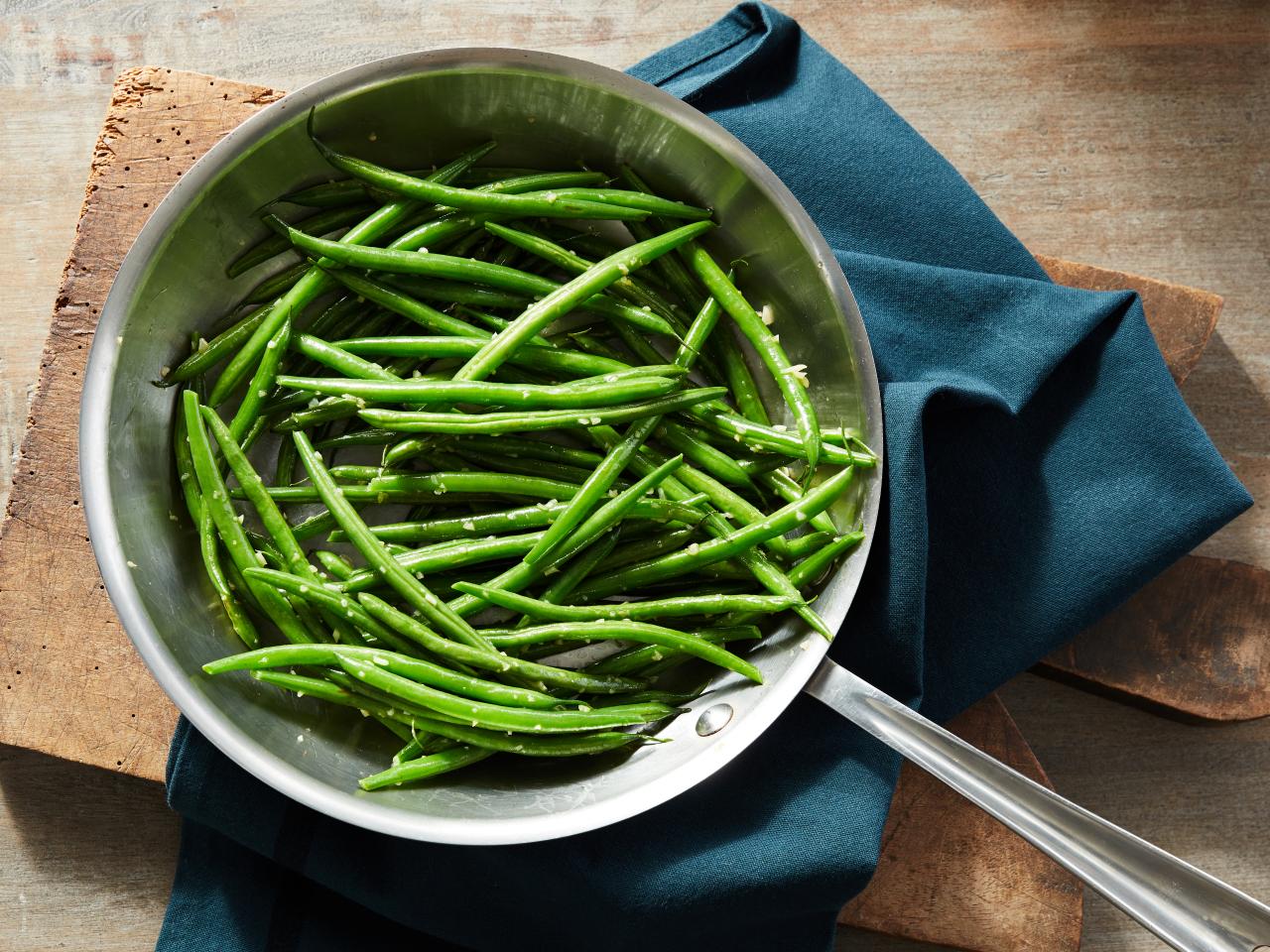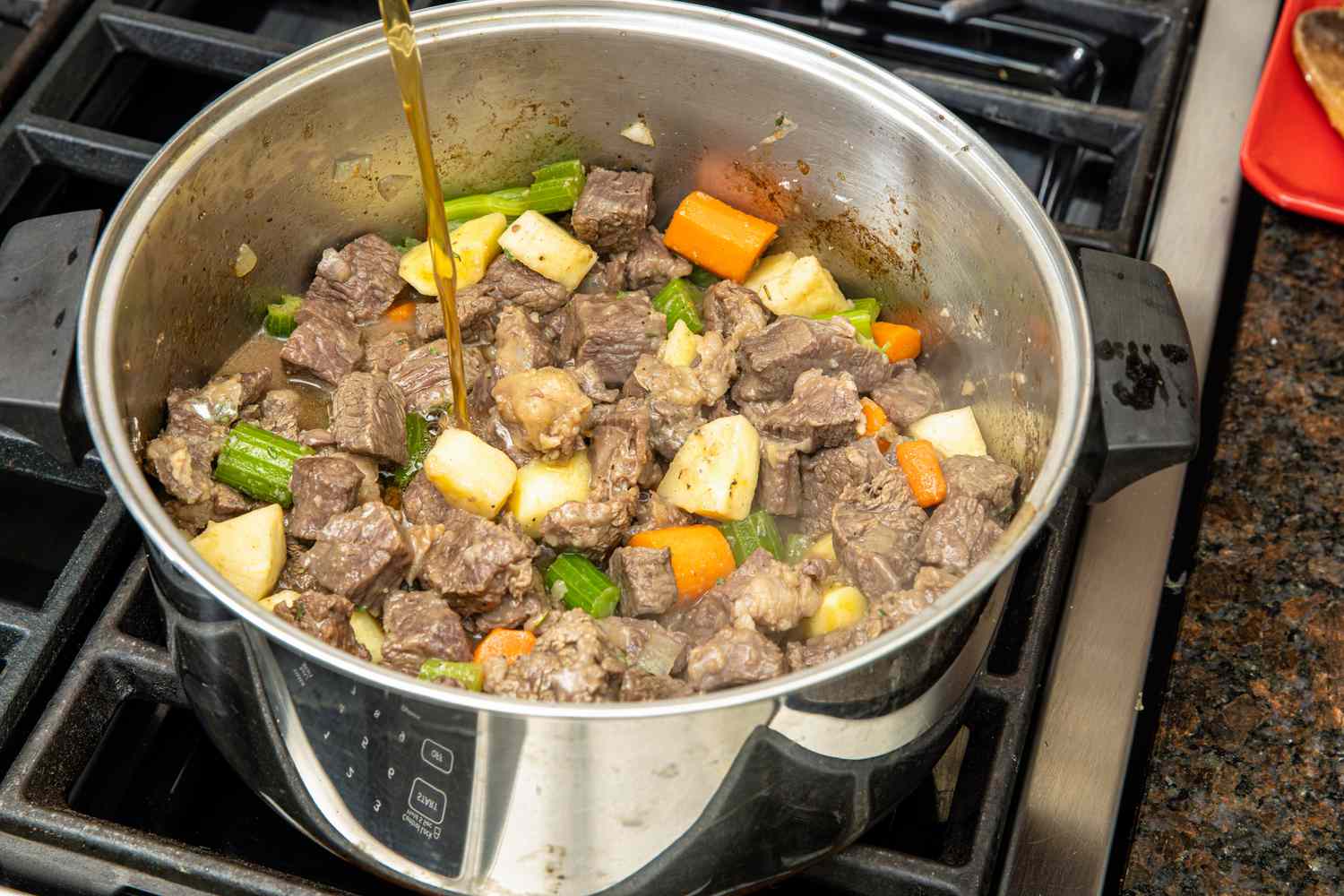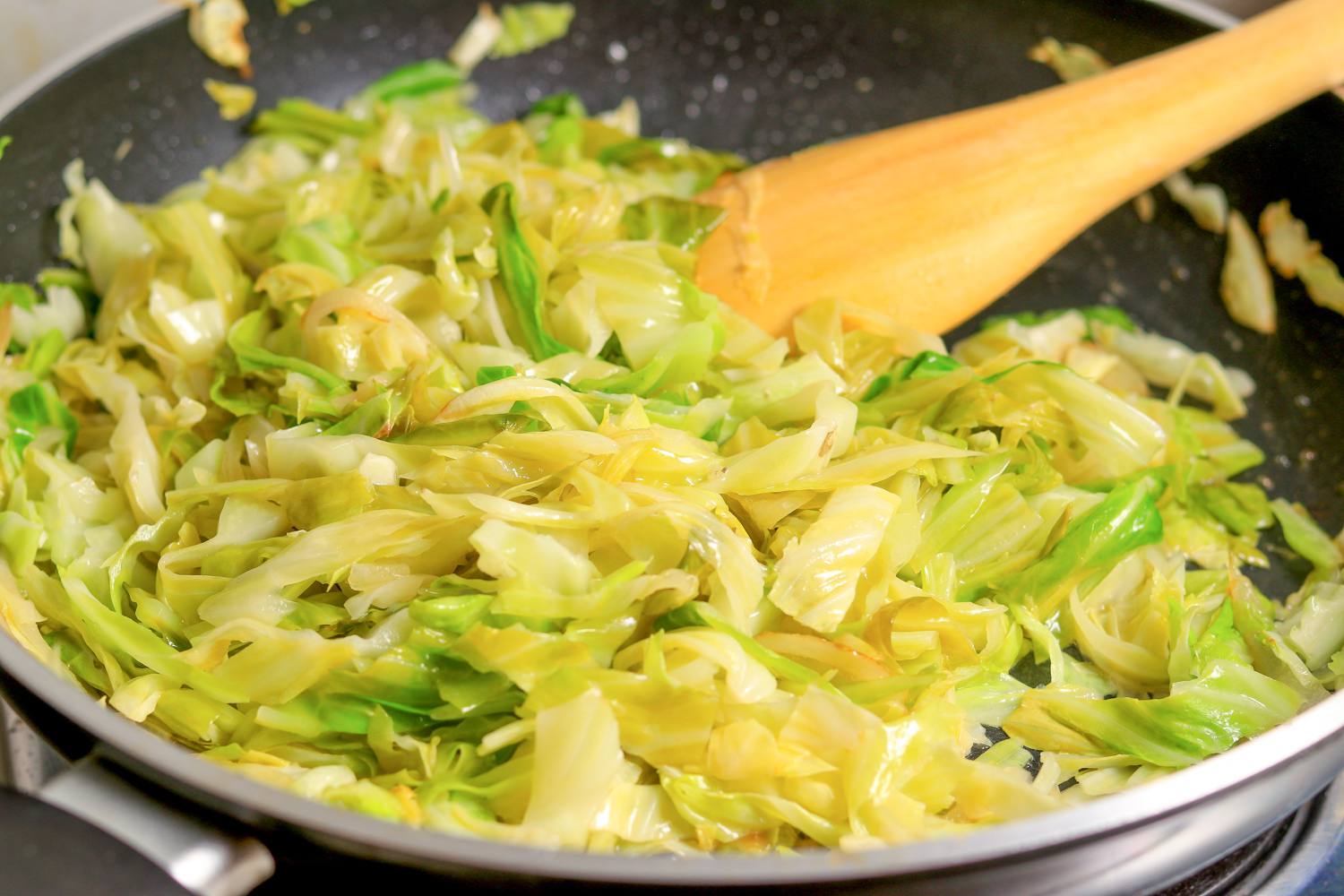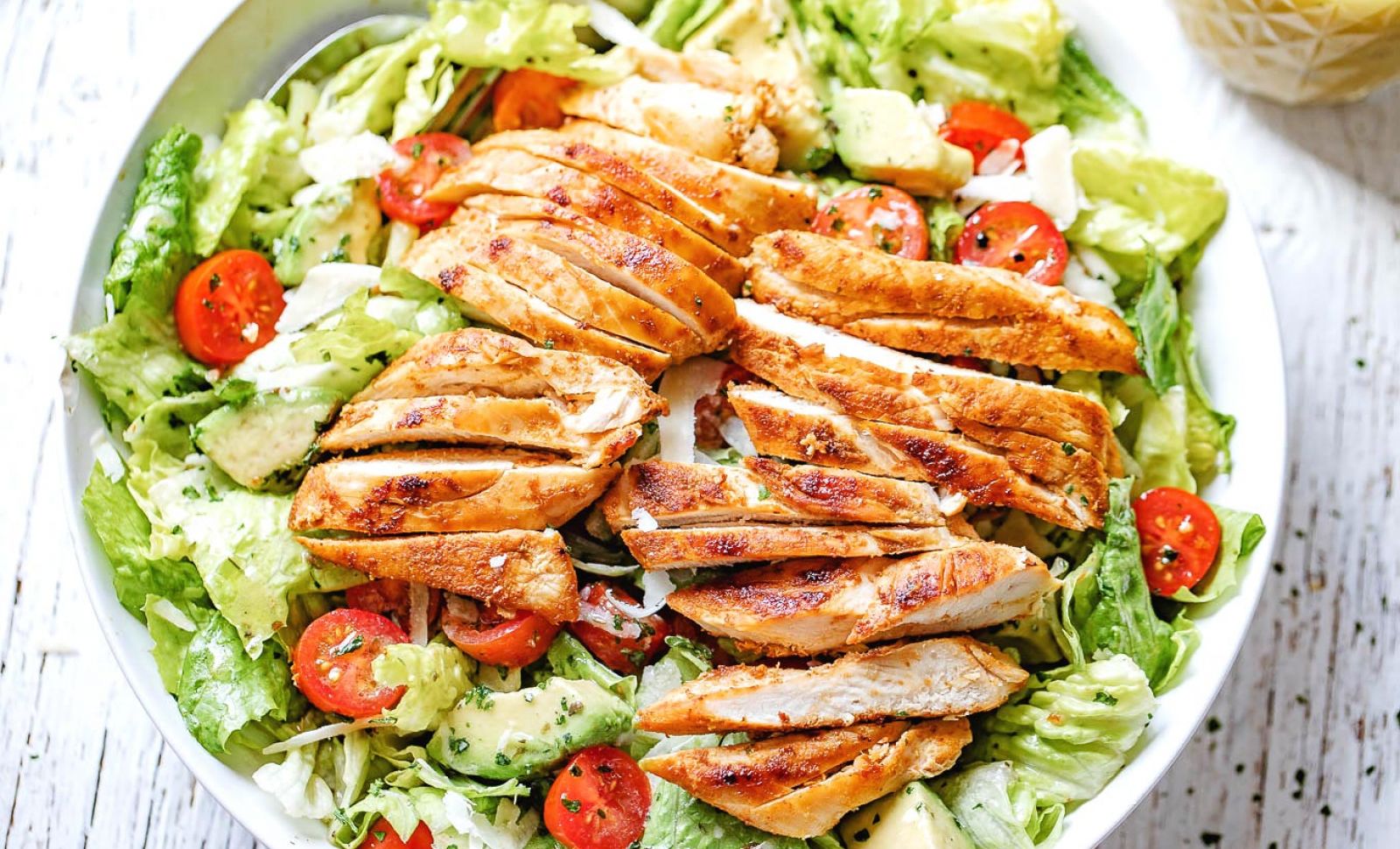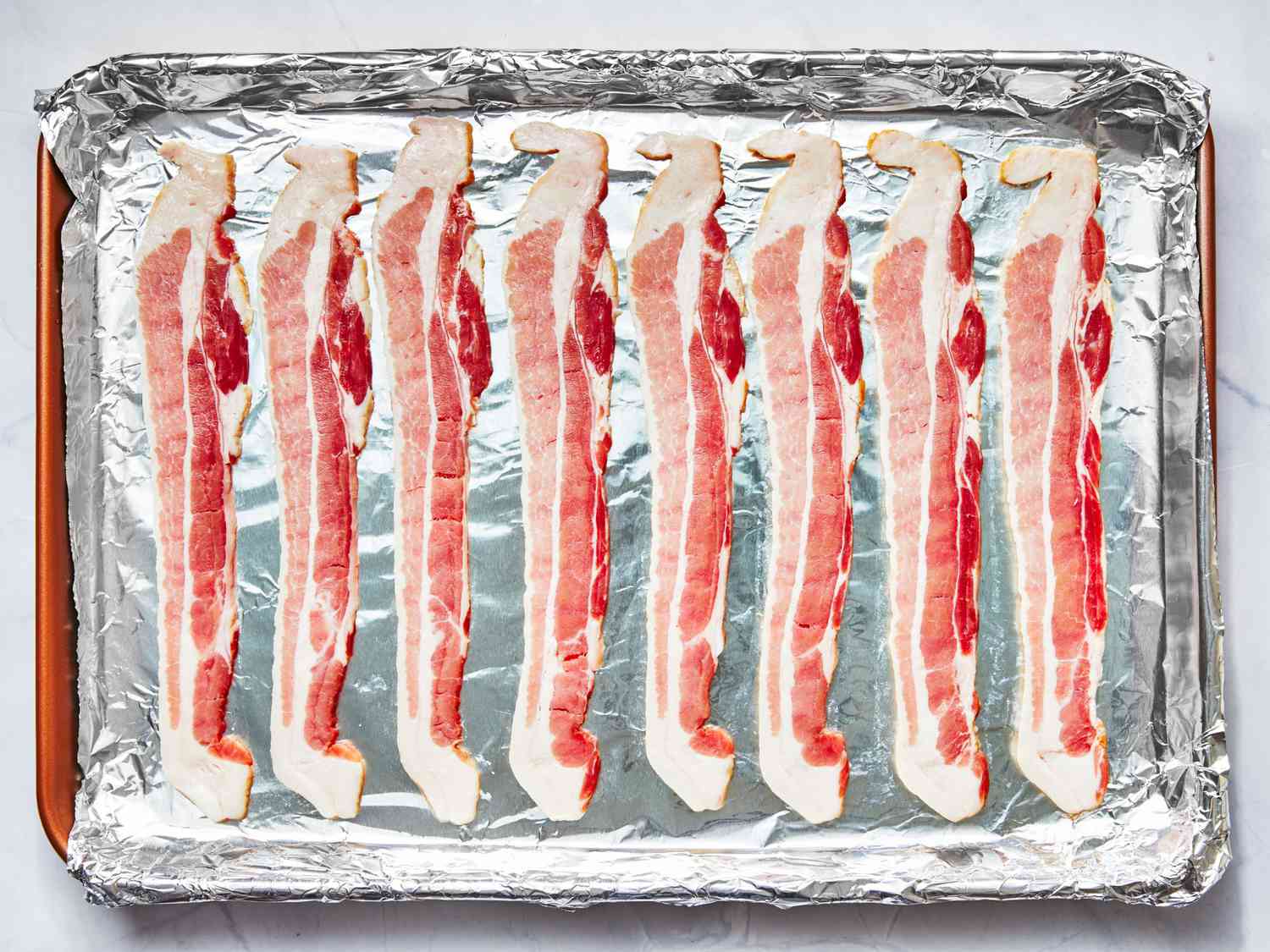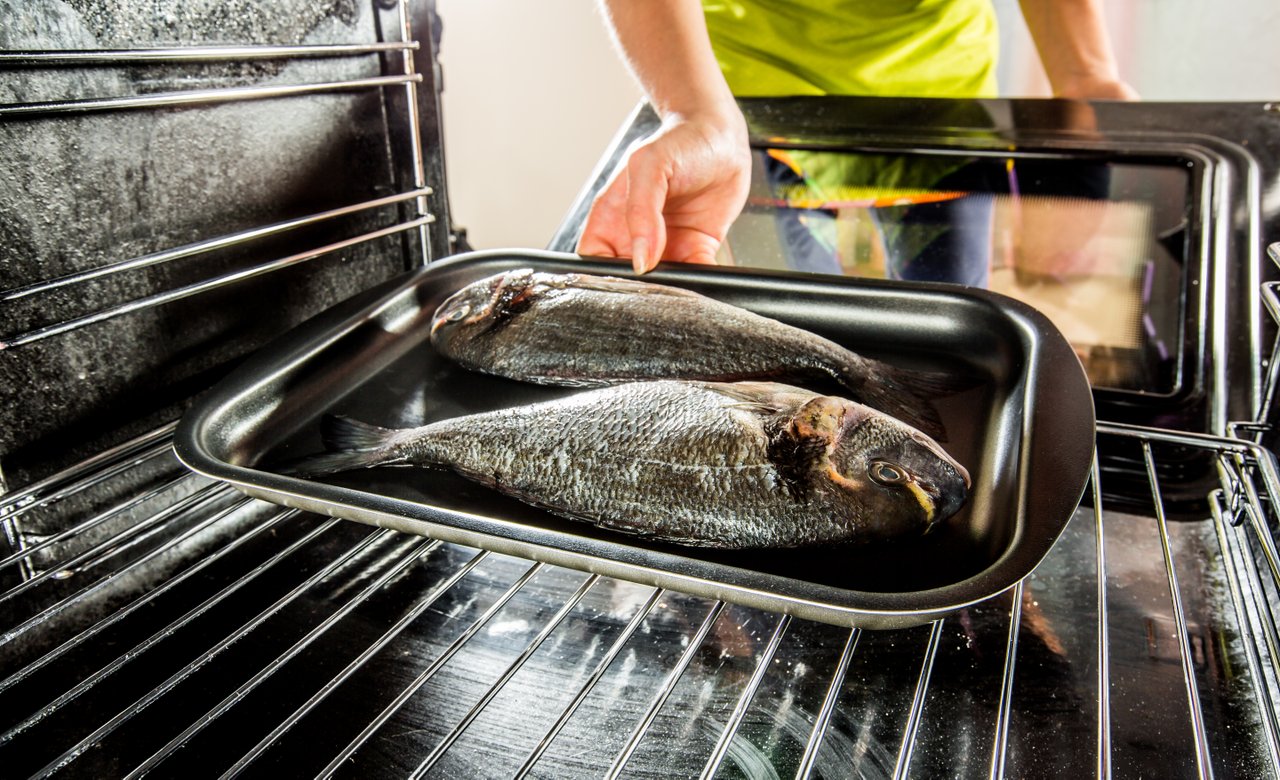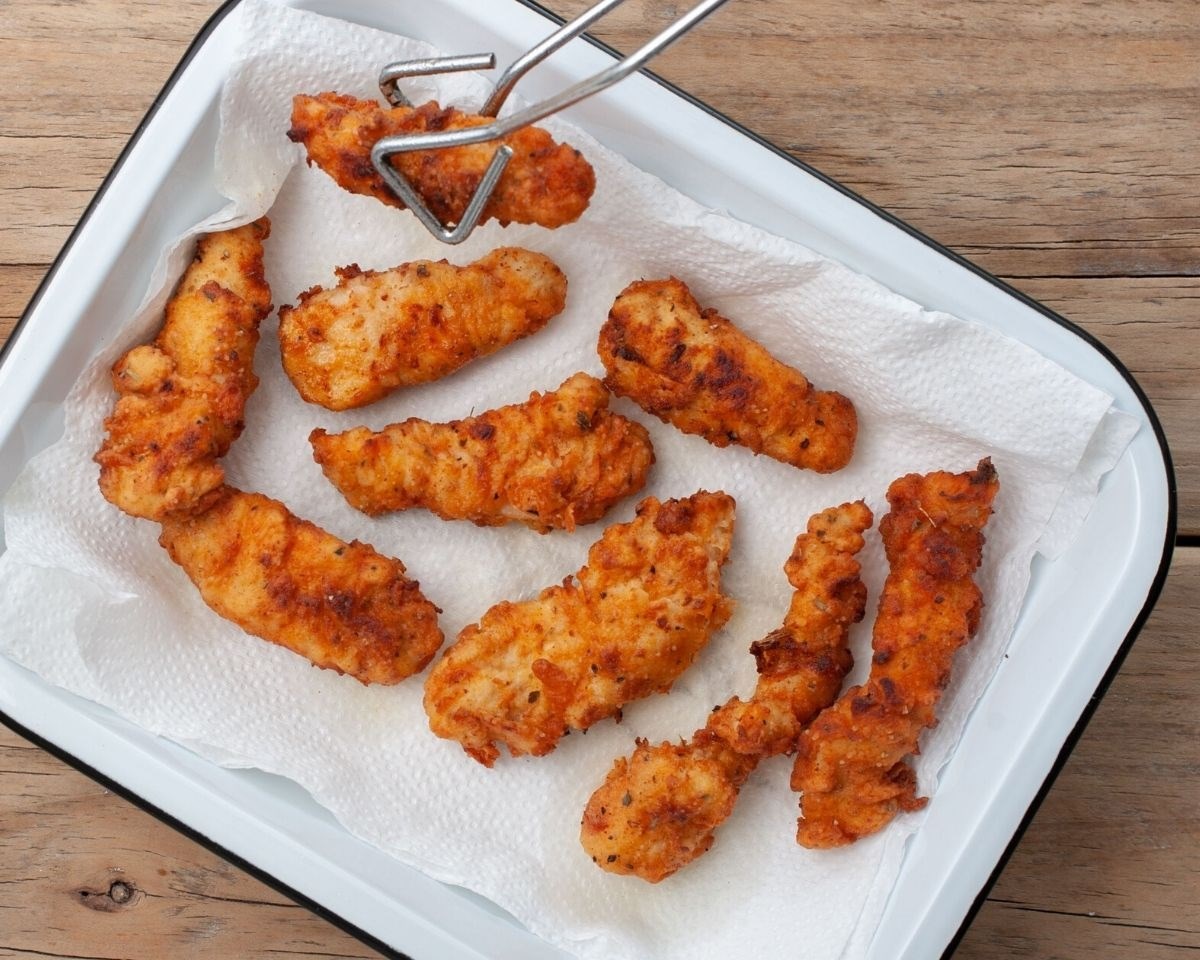Cooking beef, a staple in many kitchens, requires understanding various cuts and cooking methods to bring out its best flavors. Whether you're aiming for a juicy steak, tender roast, or flavorful ground beef for tacos, mastering beef preparation enhances meals. Key factors include selecting the right cut for your recipe, proper seasoning, and cooking to the desired doneness. Techniques vary from grilling and roasting to slow cooking, each suited to specific cuts. With patience and practice, anyone can become proficient in cooking beef, transforming simple ingredients into delectable dishes that delight taste buds and gather everyone around the table.
Gather Your Ingredients
- 2 pounds beef chuck roast, cut into 1-inch cubes
- Salt and black pepper to taste
- 2 tablespoons olive oil
- 1 large onion, chopped
- 3 cloves garlic, minced
- 3 carrots, peeled and sliced
- 2 celery stalks, sliced
- 1/4 cup all-purpose flour
- 3 cups beef broth
- 1 cup red wine (optional)
- 2 tablespoons tomato paste
- 1 teaspoon dried thyme
- 2 bay leaves
- 1 cup frozen peas
- 1/2 cup chopped parsley
Essential Tools for Cooking Beef
- Chef's Knife
- Cutting Board
- Measuring Cups and Spoons
- Mixing Bowls
- Skillet or Frying Pan
- Meat Thermometer
- Tongs
- Aluminum Foil
- Oven-Safe Baking Dish
For perfectly tender beef, focus on low and slow cooking methods. Marinating overnight enhances flavor, while gentle simmering or braising ensures juiciness. Always slice against the grain for maximum tenderness.
The Importance of Cooking Beef Right
Cooking beef perfectly hinges on understanding cuts and cooking methods. Tender cuts like filet mignon excel with quick searing, while tougher ones such as brisket benefit from slow braising. Mastering these techniques ensures juicy, flavorful dishes every time, elevating meals from mundane to memorable.
Knowing the right way to cook beef not only enhances its flavor but also maximizes its nutritional value. Proteins remain tender, and vitamins are preserved, contributing to a balanced diet. This knowledge empowers home chefs to create diverse, healthy, and satisfying meals that delight and nourish.
Your Step-by-Step Beef Cooking Guide
-
Select the right cut: Different beef cuts suit various cooking methods. For roasting, opt for rib, sirloin, or tenderloin. Braising works best with tougher cuts like chuck or brisket.
-
Prepare beef: Before cooking, let your beef sit at room temperature for about 30 minutes. This ensures even cooking. Trim any excess fat to prevent flare-ups, especially when grilling.
-
Season generously: Salt and pepper are essentials for enhancing flavor. For added taste, consider marinating tougher cuts or using a dry rub on steaks.
-
Choose cooking method:
- Roasting: Preheat your oven to 375°F (190°C). Place beef in a roasting pan. Cooking time depends on the beef's weight and desired doneness.
- Grilling: Preheat grill to high. Grill steaks for 4-5 minutes per side for medium-rare. Adjust time for other levels of doneness.
- Braising: Brown beef in a heavy pot, then add liquid (broth, wine, or water) to cover about two-thirds of the meat. Simmer on low heat until tender.
- Pan-frying: Heat a skillet over medium-high heat. Cook steaks for 3-4 minutes per side for medium-rare. Adjust time based on thickness and preference.
-
Check doneness: Use a meat thermometer to ensure perfect doneness. For medium-rare, aim for an internal temperature of 135°F (57°C). Allow for a few degrees of carryover cooking.
-
Rest the beef: After cooking, let beef rest on a cutting board for at least 10 minutes. This allows juices to redistribute, ensuring a moist and tender result.
-
Slice against the grain: When ready to serve, cut beef slices against the muscle grain. This technique breaks down fibers, making the beef easier to chew.
-
Serve immediately: Enjoy your perfectly cooked beef with your favorite sides. Whether it's a simple salad, roasted vegetables, or mashed potatoes, beef pairs well with a variety of dishes.
Mastering the Art of Beef Stew
Cooking beef stew is more than just a recipe; it's an adventure in flavors and textures that brings warmth to any table. With patience, the right ingredients, and a bit of culinary love, anyone can transform simple components into a rich, comforting dish. Remember, choosing quality beef, searing it to perfection, and simmering it low and slow with a medley of vegetables and herbs, are key steps to achieving that hearty, flavorful stew we all crave. Don't forget to experiment with spices and thickness to tailor the stew to your taste. So, grab your pot, invite some friends or family over, and get ready to impress them with your newfound stew mastery. Cooking is an art, and with these tips, your beef stew will surely be a masterpiece.
Explore More Beef Recipes and Uses
After mastering the basics of cooking beef through our guide, why not test your skills with a variety of mouth-watering recipes? For the grill enthusiasts, the Mastering the Grill with Ribeye offers a perfect way to savor the rich flavors of beef. Alternatively, if you're aiming for something slow-cooked and deeply aromatic, the Exploring the Art of Slow Cooking is a stellar choice. Both recipes provide excellent opportunities to apply the techniques from our guide, enhancing your ability to cook beef to perfection. We especially recommend the Perfecting Oven-Roasted Beef Tenderloin for a special occasion, as it showcases how simplicity combined with the right cooking method can result in a dish that's both elegant and delicious.
All Your Beef Questions Answered
How long should I cook beef to make it tender?
Cooking times for beef vary depending on the cut and desired doneness. For a tender result, slow cooking at a low temperature is key. Think about braising or stewing; these methods can take anywhere from 2 to 3 hours. If you're aiming for a medium-rare steak, grilling or pan-searing for about 4-5 minutes on each side usually does the trick.
What's the best way to season beef?
Seasoning beef can be as simple or as elaborate as you like. Salt and pepper are essentials, creating a perfect base. For more depth, consider adding garlic powder, onion powder, or a blend of herbs like rosemary and thyme. Remember, season your meat at least 30 minutes before cooking to enhance flavor absorption.
Can I cook beef from frozen?
Yes, you can cook beef from frozen, but expect a longer cooking time. It's crucial to use a method that evenly cooks the meat, like braising or roasting. Avoid high-temperature cooking methods like grilling or pan-searing, as they can cook the outside too quickly while leaving the inside underdone.
What's the difference between marinating and brining beef?
Marinating involves soaking beef in a mixture of acid (like vinegar or lemon juice), oil, and spices to add flavor. Brining, on the other hand, is soaking meat in a saltwater solution to enhance juiciness. Marinating can take a few hours to overnight, while brining might require 12 hours or more, depending on the size of the cut.
How do I know when my beef is cooked to the right temperature?
Using a meat thermometer is the most reliable way to check if your beef is cooked to the right temperature. For medium-rare, aim for an internal temperature of 135°F (57°C). If you prefer medium, look for 145°F (63°C). Well-done beef should reach 160°F (71°C). Always let your meat rest for a few minutes after cooking; this allows the juices to redistribute.
Is it better to cook beef on high or low heat?
It depends on the cut and your end goal. Tougher cuts like chuck roast benefit from low and slow cooking methods, which break down the fibers and result in tender meat. Tender cuts, such as filets or ribeyes, are best cooked quickly on high heat to develop a flavorful crust while keeping the inside juicy.
What are some common mistakes to avoid when cooking beef?
Overcooking is a common mistake, leading to dry and tough beef. Not letting the meat rest before slicing can also result in loss of juices. Another error is not preheating the pan or grill, which prevents that delicious sear. Lastly, avoid cutting into your beef to check doneness; this lets precious juices escape. Use a thermometer instead.
Was this page helpful?
Read Next: How To Cook A Smoked Ham
